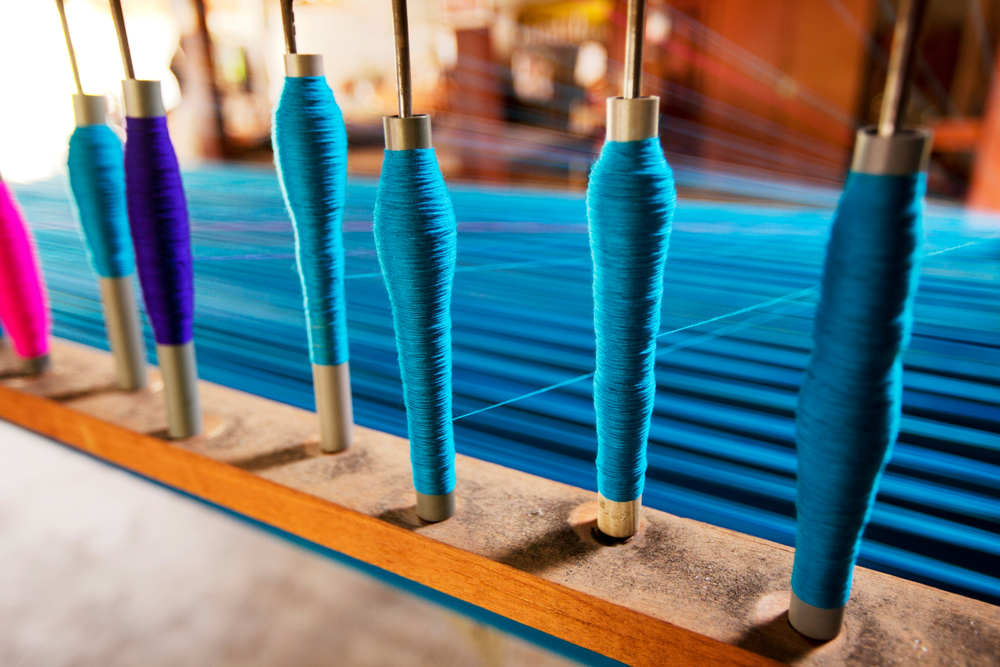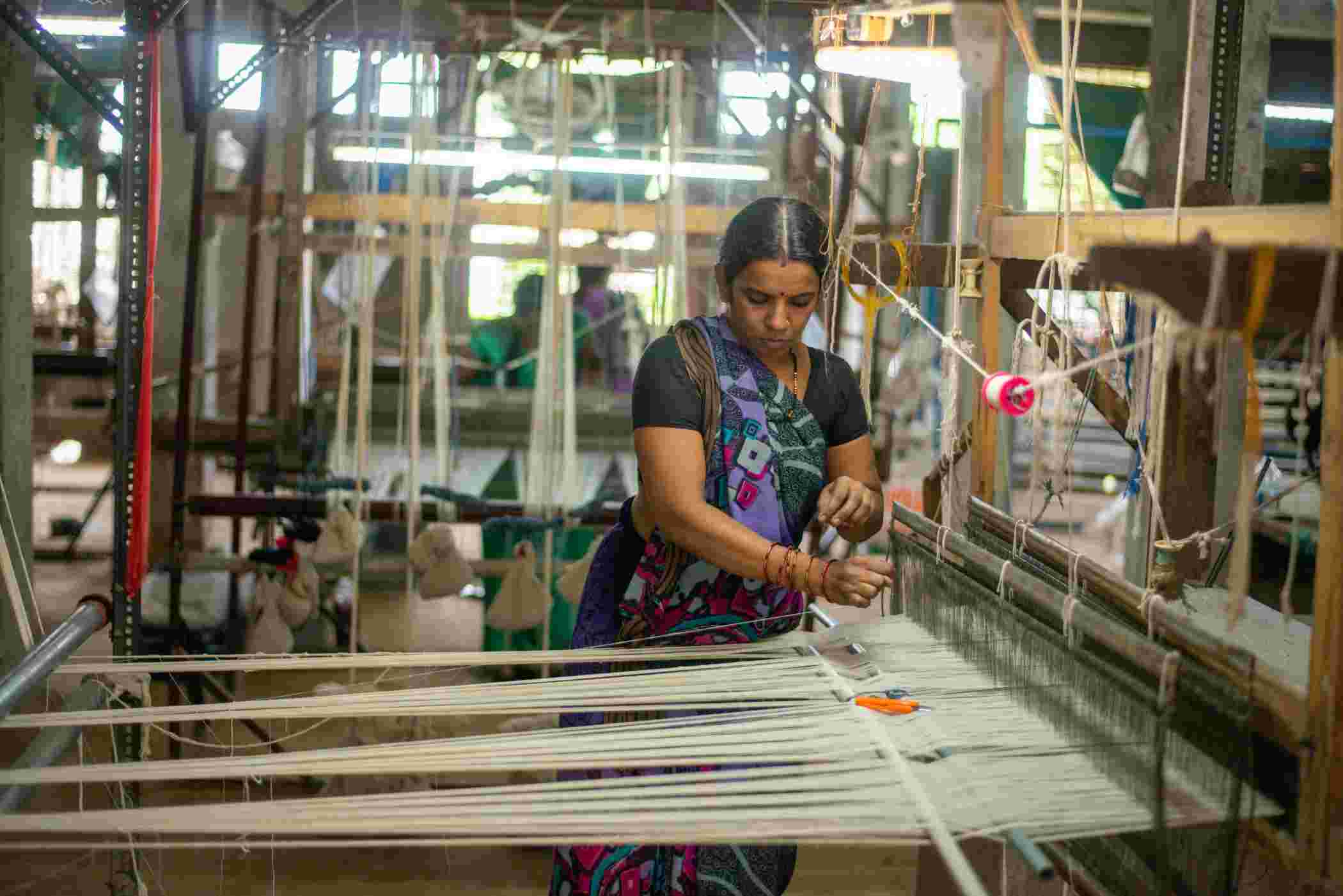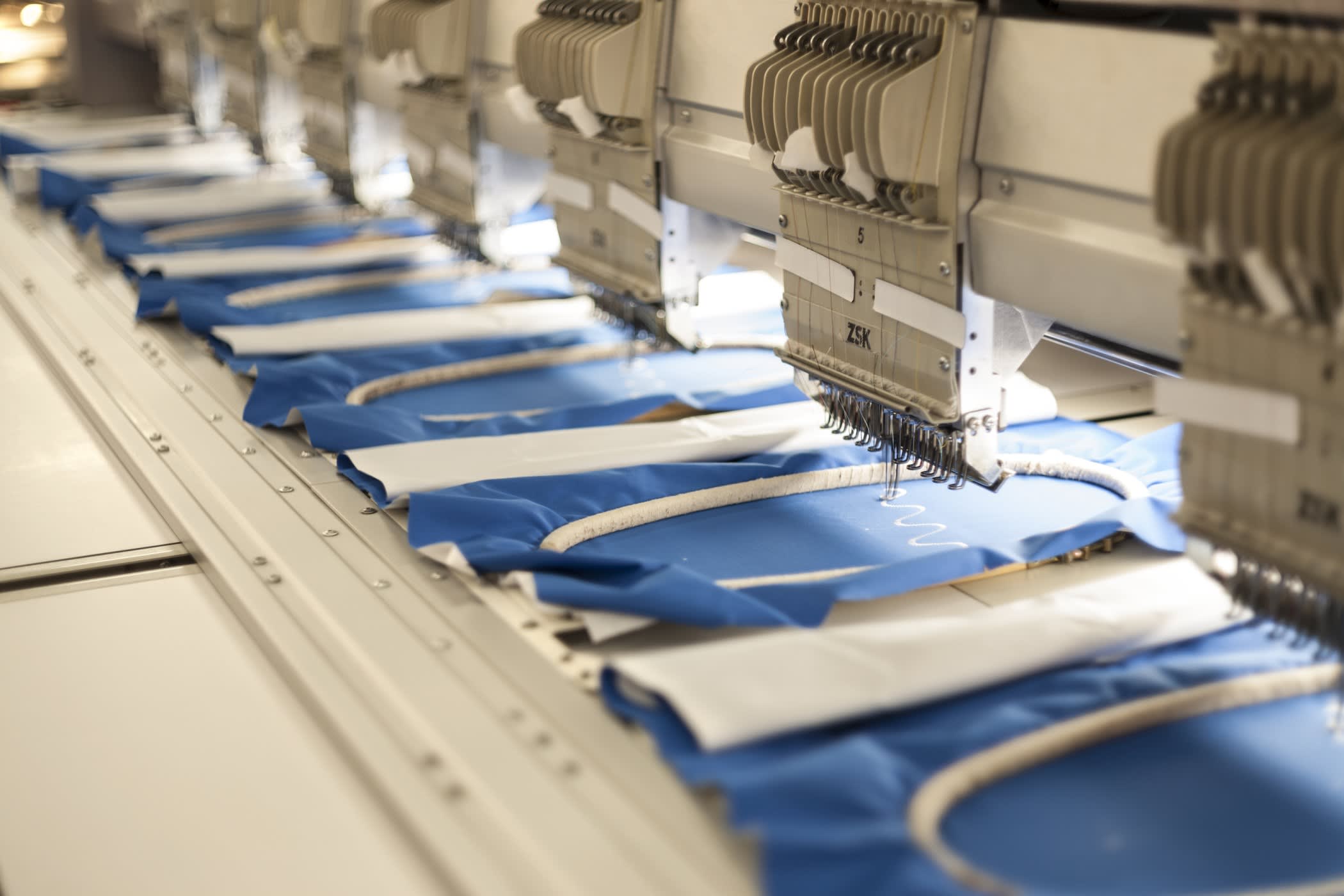Future of Local Textile Spinners



India’s textile industry is one of the most famous and efficient ones around the world. India has always been known for being one of the biggest textile producers and exporters. Moreover, the country has always shown an impressive consumption capacity as well. Thus, overall the textile industry is growing, and it contributes heavily to the economy of the country as well. With the increase in the demand for yarn and other fabrics in the ready-made garment sector, the industry is flourishing like never before.
To keep up with this, an increased number of local spinners are looking to grow their market shares by setting up more factories. The spinning technology, which enables the processing of textiles in the textile industry, has probably been around for decades and only keeps growing with each passing year. With the boom in demand, there are many changes in the spinning cotton industry as well. Here are some factors that are helping in making the local spinners gain more and more profits each day.
Market Capacity
With the rampant growth in the demand for fabrics for ready-made clothes, the future looks bright for spinning linen mills. At present, the spinners have the capacity to produce a large part of the raw material required for knitwear and woven segment. But, to meet the rising demand, the spinning cotton mills are looking to broaden their production capacity.
Bangladesh is among the leading countries to export raw materials for apparel. To meet these rising export demands, the government of Bangladesh has also taken initiatives to help spinning mills produce more raw materials to export to different countries. This initiative has helped Bangladesh a lot since countries like South Korea, Turkey, and Egypt are working with the Bangladesh Textile Mills Association to buy raw materials from the country.
Usage of Technology to Make Progress
Technology has become a significant part of making the spinning cotton mills more successful over time. Industries are seeking perfection now more than ever before. Quality is of immense importance to please and satisfy customers. To achieve high levels of precision, mills are embracing the power of technology to their advantage. For example, the blow room process used in the spinning mills has undergone many changes. These changes enable a reduction in the usage of machinery, disposal of wastes, and successful regaining of adequate fibres.
The changes brought upon by technology also allow for cost-effectiveness. The new technology cuts down on labour costs, maintenance costs, and production costs. The machinery uses better energy sources. Knowing the advantage of solar energy, spinning linen and cotton mills are slowly shifting to it. This system proves to be less harmful to the environment and helps make the textile industry more sustainable in the long run.
Change in technology has become a stepping stone in keeping up with the new trends in textile as well. Today, the trends in clothing are changing at a fast pace. To keep up with these changes, mills heavily depend on technology. Making effective use of artificial intelligence, spinning cotton mills are producing raw materials that are made precisely according to the preference of customers worldwide.
Maintenance of Quality

As discussed earlier, quality has only become essential in the last few years when it comes to the textile industry. To produce high-quality raw material at such a large scale can be difficult with manual quality checks done by workers. To get a closer look at the quality of the material produced, there are many machines like the Digital Tachometer CE, TPI Tester, and Autoburst 70. These machines ensure that the raw materials produced by the spinners are high quality and satisfy the needs of the customers.
The mills have spinning cans installed to collect and transport all types of silver to retain yarn quality. There are silver cans that have compatibility to tend to the preferences and needs of the manufacturers. In recent years, PolyU has also developed a fabric defect detection system that makes use of artificial intelligence. The machine reduces the chance of producing fabric of unsatisfactory materials. It lessens wastage, and this enables the textile industry to move towards sustainability.
Advantages of the Local Market
The domestic market is expanding as India has become one of the leading consumers leaving behind countries like the US and Japan. The local market is growing as consumers are now eventually shifting to a more aspiration based buying as compared to a need-based one. A few other factors which enable the growth of the domestic market are the growing participation of women in the workforce and India steadily becoming one of the largest e-commerce markets.
Shorter lead time and better quality of raw materials produced by local spinners are drawing in more and more companies to get fabrics from them. Sourcing takes a shorter time when done from the local market. The need for diverse raw materials is great as local apparel manufacturers are adding different types of materials to their list. This need can be effectively met with the help of local spinners.
Increased Investments
New investments are opening newer opportunities for spinning linen and cotton mills. Spinners are making new investments, and new mills are coming into action to help meet the rising number of orders. This increased capacity to produce will give rise to an increase in investment in the textile industry. A significant part of these investments will go towards the spinning sector, while the rest will go towards the dyeing and finishing process. Some new companies set to invest in spinners are Jinnat Spinning Mills Limited, Karim Tex Limited, and Mahin Group. These groups are collectively investing billions to leverage the production of yarn in mills.
Silver Properties
Silver property has to be maintained at each stage to maintain perfection and evenness in the yarn. Any damage can affect the yarn and produce raw material that is of substandard quality. But thankfully, the yarn manufacturing process has become pretty efficient with the use of advanced machines at each step like blow room, carding, combining, drawing, and ring spinning. With the help of artificial intelligence, all the parameters are set without much intervention from the workers. Yarn prediction has become more precise than before giving rise to lesser errors and wastage. Spinning cans have sped up the process without compromising on the quality.

Conclusion
There are new changes taking place in the textile industry, and the local spinners are not behind in keeping up with these trends. The demands for raw materials are at an all-time high, and the spinning cotton and linen mills are successfully keeping up with this boom. With the adequate use of technology and readiness to adapt, the future of these spinners looks bright.
Fashion supply chains are evolving, but there is still a long way to go! Sustainability has become the number one priority to make this planet a better place. Fashinza understands this and aims at making good use of technology to attain transparency and sustainability. Fashinza allows you to simplify your sourcing and track the progress of your order at any given point of the day. Connect with Fashinza today to connect with suppliers, manufacturers, and keep up to date with fashion trends.



















